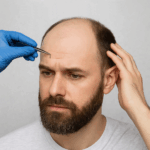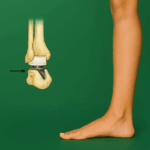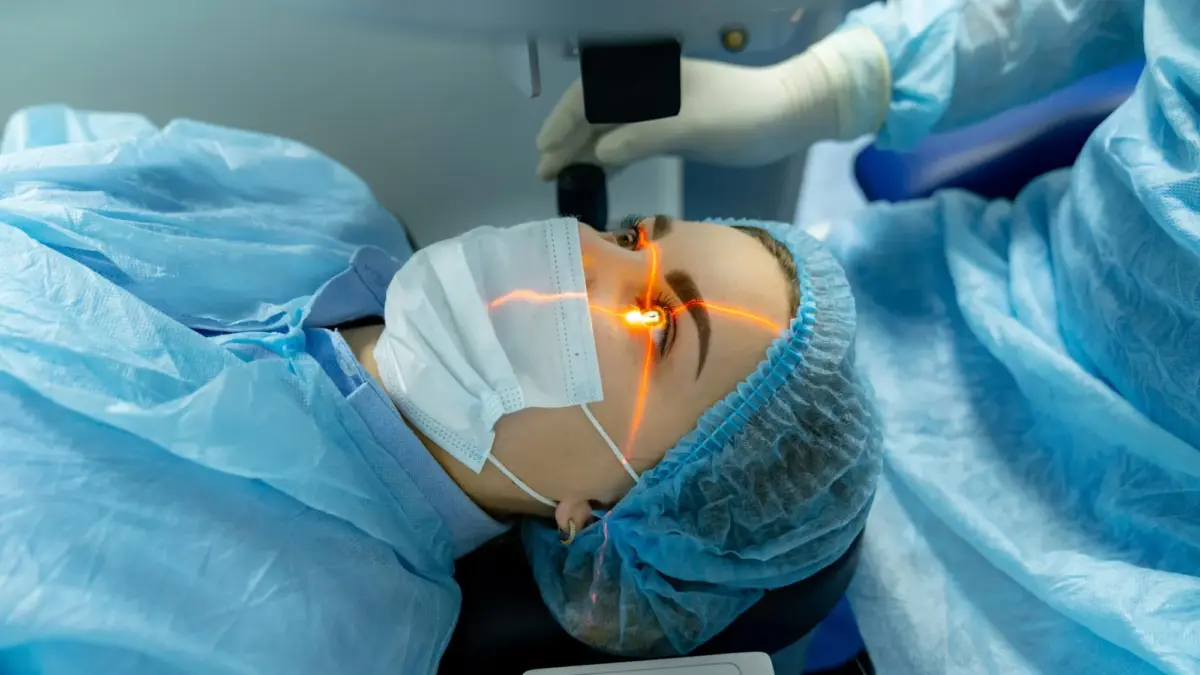
Hair Transplant for People with a Weak Donor Area | Using Beard Hair as a Donor Source
October 20, 2025
Joint Replacement Surgery in Iran (Arthroplasty)
October 30, 2025Have you ever dreamed of seeing the world clearly without glasses or contact lenses?
Thanks to modern technology, this dream is now a reality! Today, laser eye correction surgeries can safely and effectively restore your vision and free you from visual aids.
In this article, we’ll explain — in a clear and engaging way — everything you need to know about vision correction procedures, their types, benefits, risks, and how to choose the best option for your eyes.
Why Do People Choose Vision Correction Surgery?
Before diving into the techniques, let’s understand why millions of people around the world consider these procedures:
-
To enjoy life without the hassle of glasses or contact lenses
-
Better vision while driving, working, or doing sports
-
Freedom from foggy glasses or lens discomfort
-
Advanced laser technologies now make these surgeries safer and more precise than ever
If you suffer from nearsightedness (myopia), farsightedness (hyperopia), or astigmatism, and your eyes are healthy, you might be an excellent candidate for eye correction surgery.
Types of Vision Correction Surgeries
There are several modern procedures used to correct refractive errors, each with unique features and benefits.
🔹 1. PRK (Photorefractive Keratectomy)
PRK is one of the earliest laser techniques, where the outer surface of the cornea (epithelium) is removed, and the underlying tissue is reshaped with a laser.
Advantages:
-
Suitable for people with thin corneas or those involved in contact sports
-
No corneal flap — reduces flap-related complications
Disadvantages:
-
Longer recovery time (several days to weeks)
-
Temporary discomfort or tearing after surgery
-
Vision may take longer to stabilize
🔹 2. LASIK (Laser-Assisted In Situ Keratomileusis)
The most popular and widely performed vision correction procedure. During LASIK, a thin flap is created on the cornea, lifted, and reshaped underneath with a laser before being repositioned.
Advantages:
-
Very fast visual recovery — most patients see clearly the next day
-
Virtually painless and highly accurate
Disadvantages:
-
Requires sufficient corneal thickness
-
Rare flap complications (such as wrinkles or movement)
-
Possible temporary dry eye
🔹 3. SMILE (Small Incision Lenticule Extraction)
The newest generation of laser vision correction. A femtosecond laser creates a small lens-shaped piece (lenticule) inside the cornea, which is removed through a tiny 3–4 mm incision — without creating a large flap.
Advantages:
-
Minimally invasive and gentle on the eye
-
Ideal for thinner corneas
-
Lower risk of dry eye after surgery
-
No flap-related risks
Disadvantages:
-
Currently limited mainly to correcting myopia and mild astigmatism
-
Vision may take a few days to reach full clarity
🔹 Xtra or Cross-Linking Technique
In some patients — especially those with weak or thin corneas — surgeons may combine vision correction with Corneal Cross-Linking (CXL) to strengthen the cornea and prevent future complications such as keratoconus.
This step uses vitamin B2 (riboflavin) and UV light to stabilize the corneal structure, improving long-term safety and durability.
Who Is a Good Candidate?
You may be a suitable candidate for vision correction surgery if:
-
You’re over 18–21 years old, and your prescription has been stable for at least a year
-
You have healthy eyes — no glaucoma, infections, or severe dryness
-
Your cornea is thick enough (especially for LASIK)
-
You’re not pregnant or breastfeeding
-
You’re in good general health
Surgery Steps and Recovery
-
Comprehensive Eye Exam: Measuring corneal thickness, eye power, and overall eye health
-
The Procedure: Performed under numbing eye drops; takes less than 20 minutes for both eyes
-
Post-Op Period: Short rest, use of antibiotic and anti-inflammatory eye drops
-
Aftercare: Avoid rubbing eyes, use sunglasses, and follow all medical instructions
-
Final Result: Clear vision within 24–72 hours, full stabilization within a week
Benefits of Vision Correction Surgery
-
Sharp, natural vision without glasses or contacts
-
Boosted confidence and convenience in daily life
-
Fast recovery with high precision and safety
-
Long-term results with over 95% patient satisfaction
Possible Risks (Rare but Important)
No surgery is entirely risk-free. Potential side effects may include:
-
Temporary dry eyes
-
Halos or glare around lights at night
-
Under- or over-correction of vision
-
Inflammation or infection (very rare)
-
Corneal shape irregularities in thin corneas
With proper screening and an experienced surgeon, these risks are extremely low.
How to Choose the Best Procedure
-
If your cornea is thin → PRK or SMILE may be safer.
-
If you want rapid recovery → LASIK is ideal.
-
If you play sports or risk eye impact → PRK or SMILE is better.
-
If you suffer from dry eyes → SMILE is recommended.
-
Always get tested with advanced diagnostic devices before deciding.
Conclusion
Modern eye correction procedures such as LASIK, PRK, and SMILE have revolutionized vision care.
They are safe, precise, and life-changing for millions of people worldwide.
With a qualified surgeon and the right technology, you can say goodbye to glasses — and hello to clear, natural vision again.



